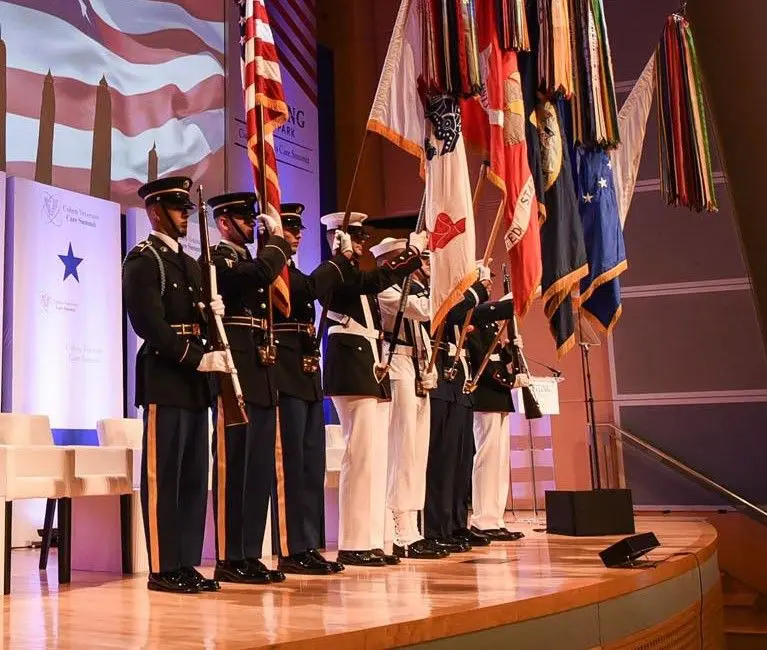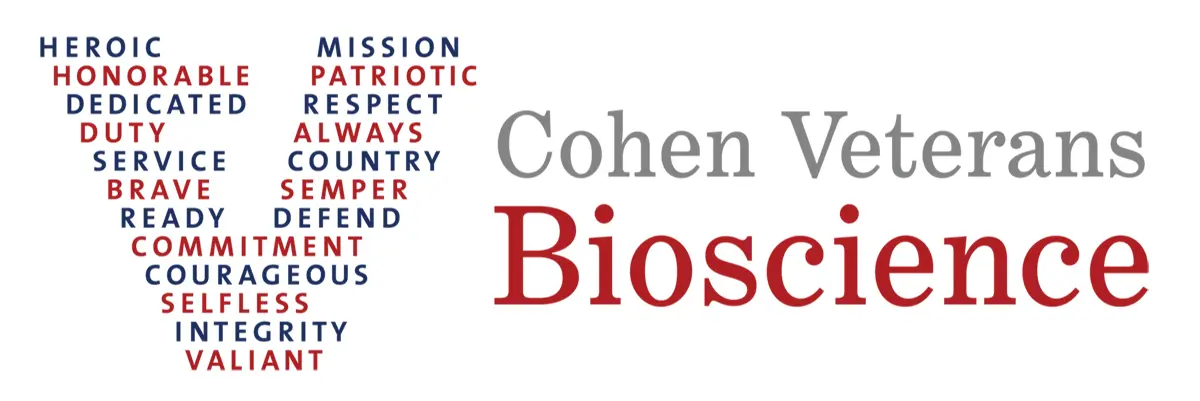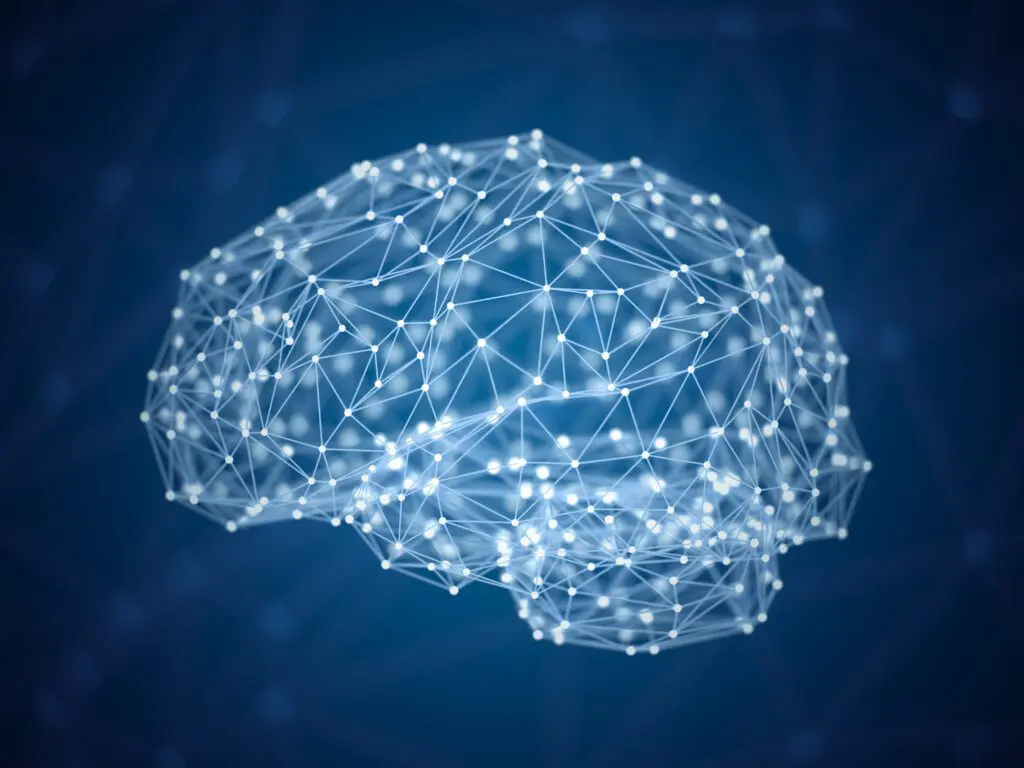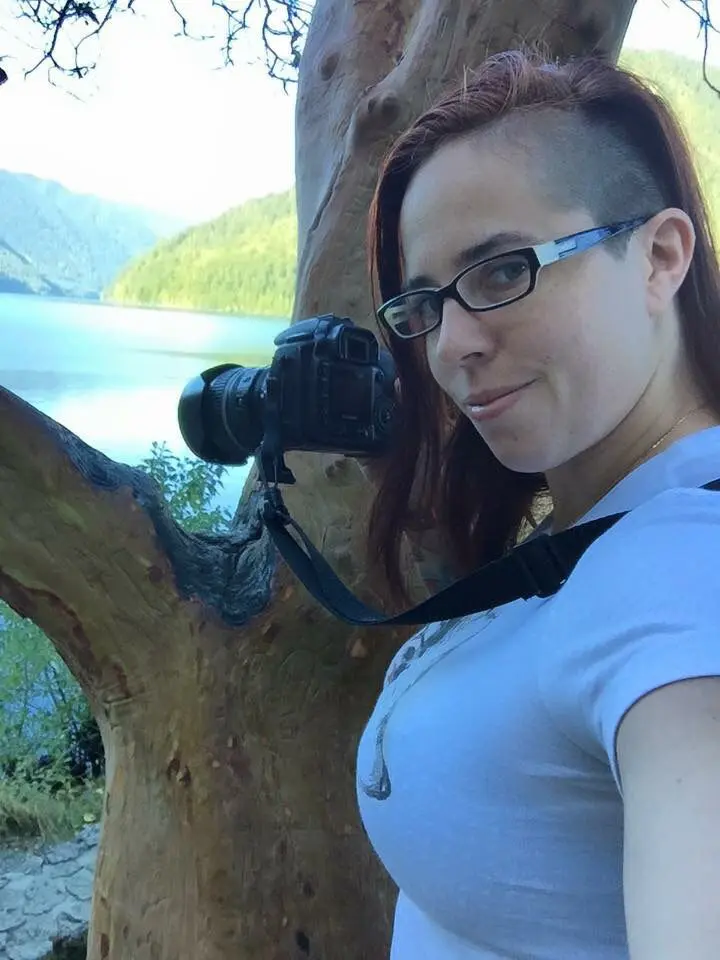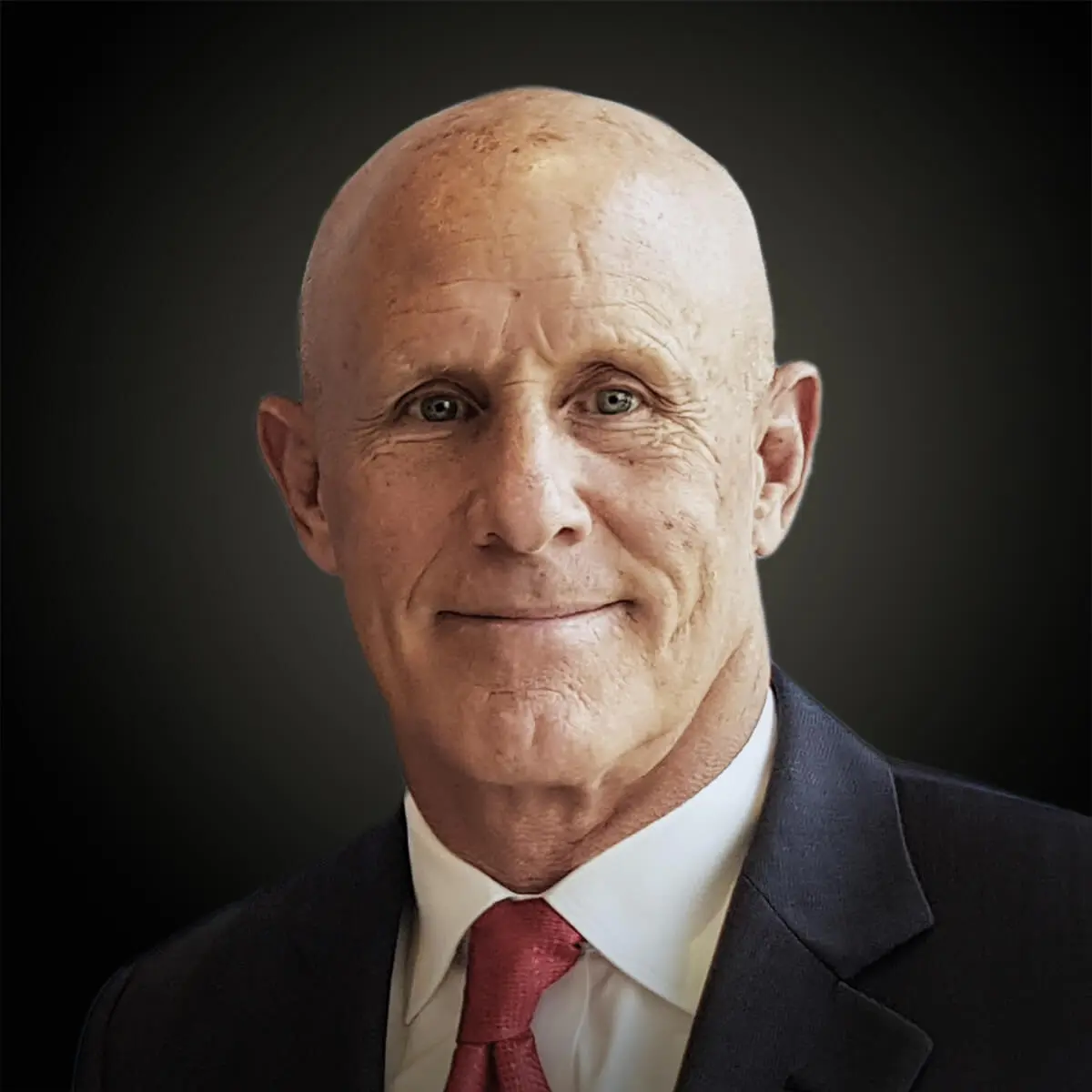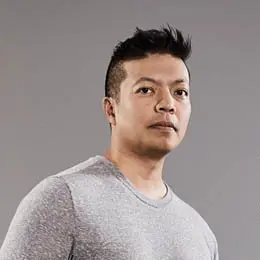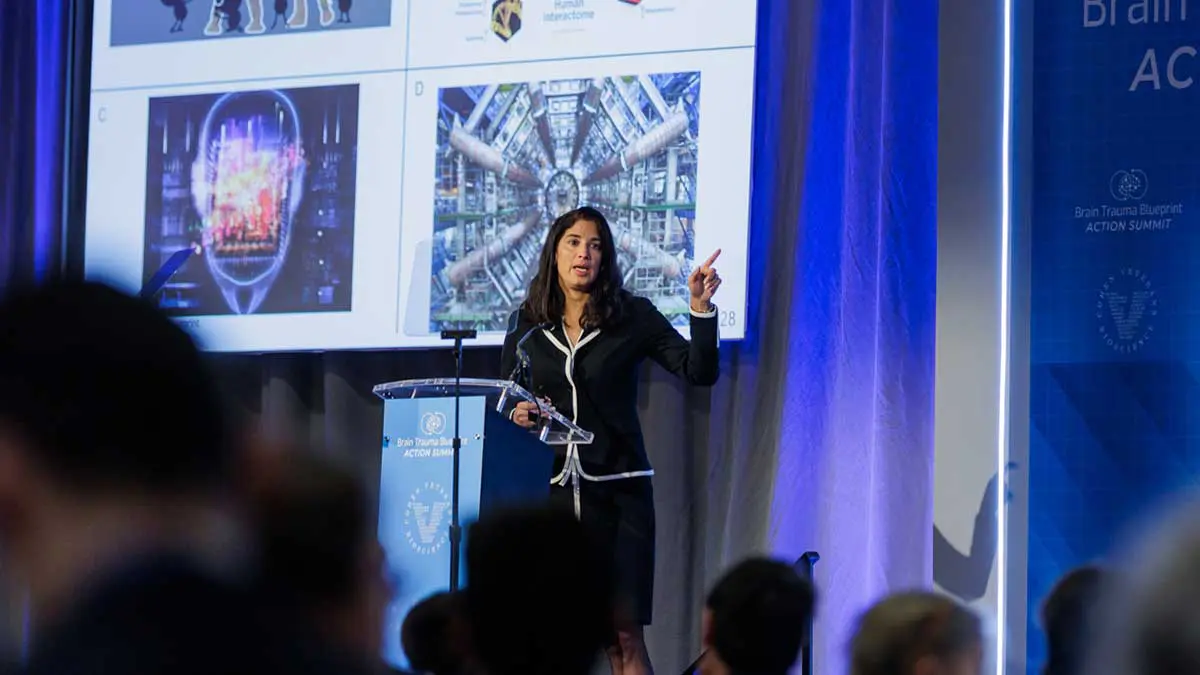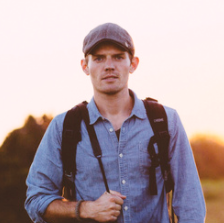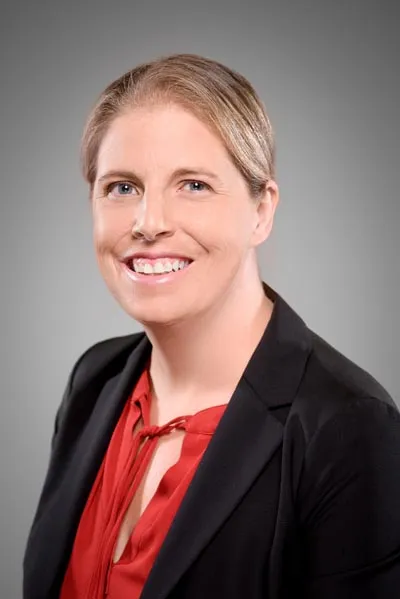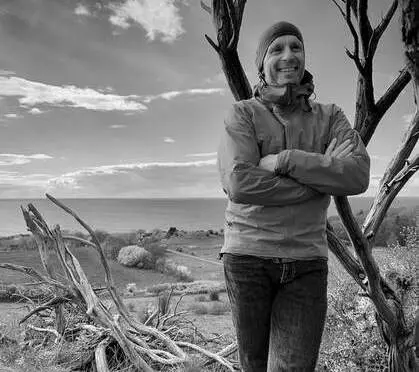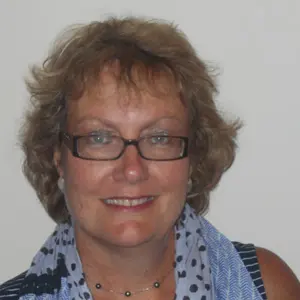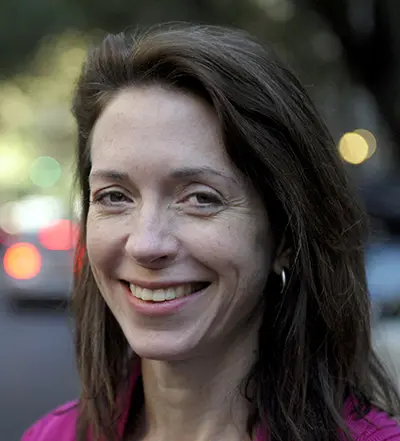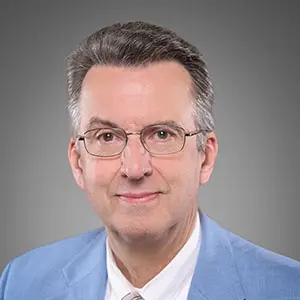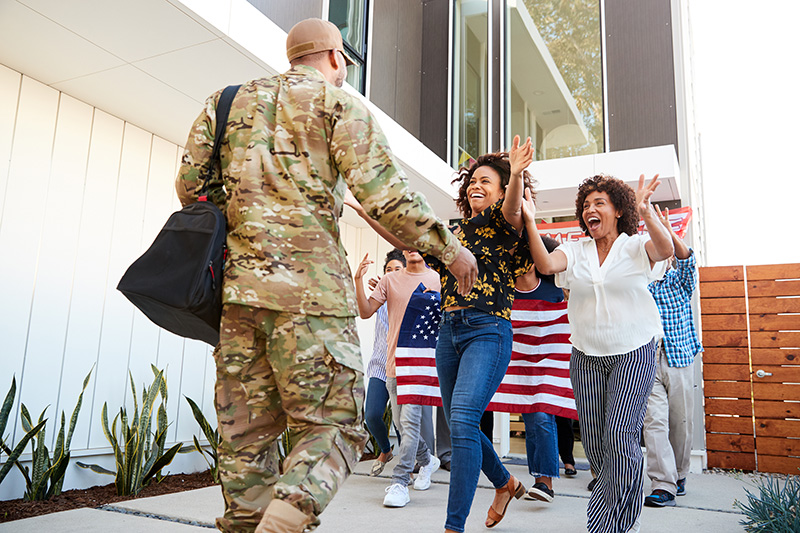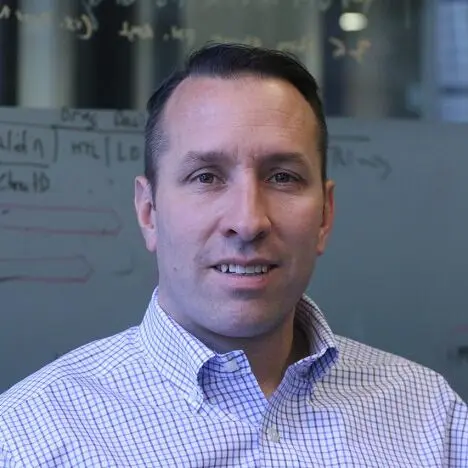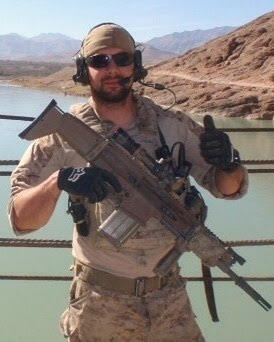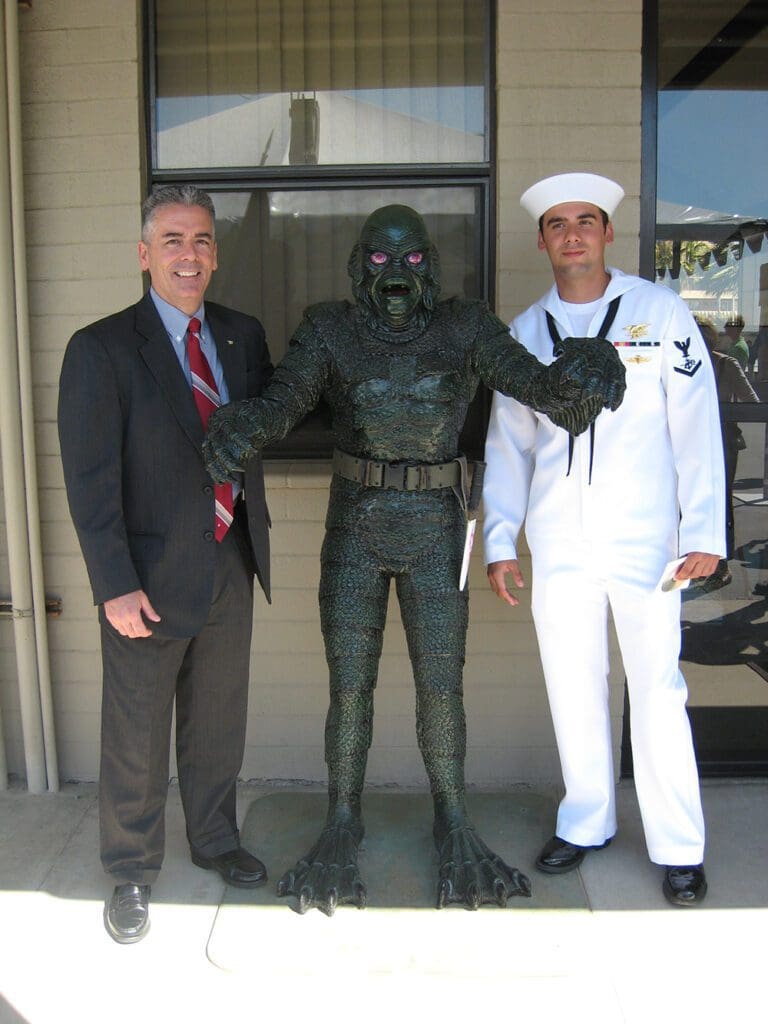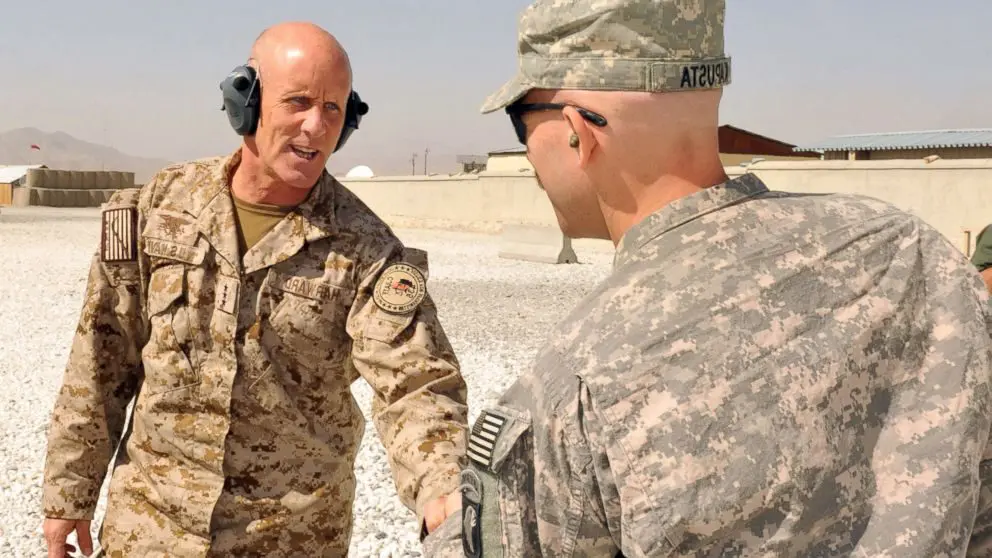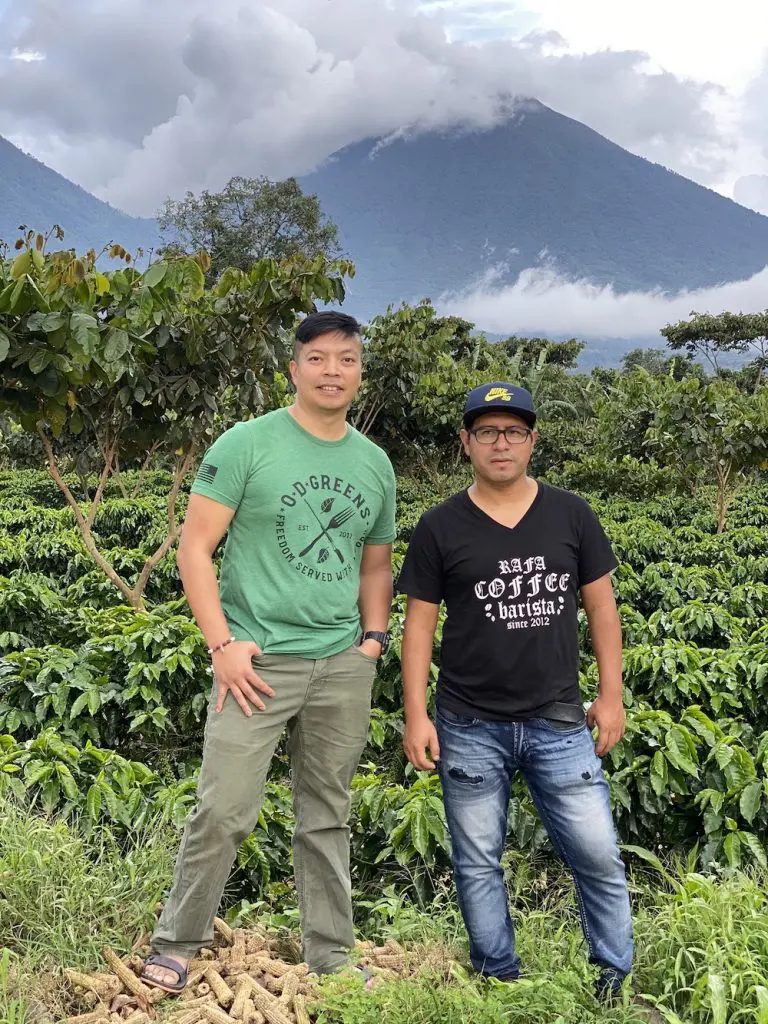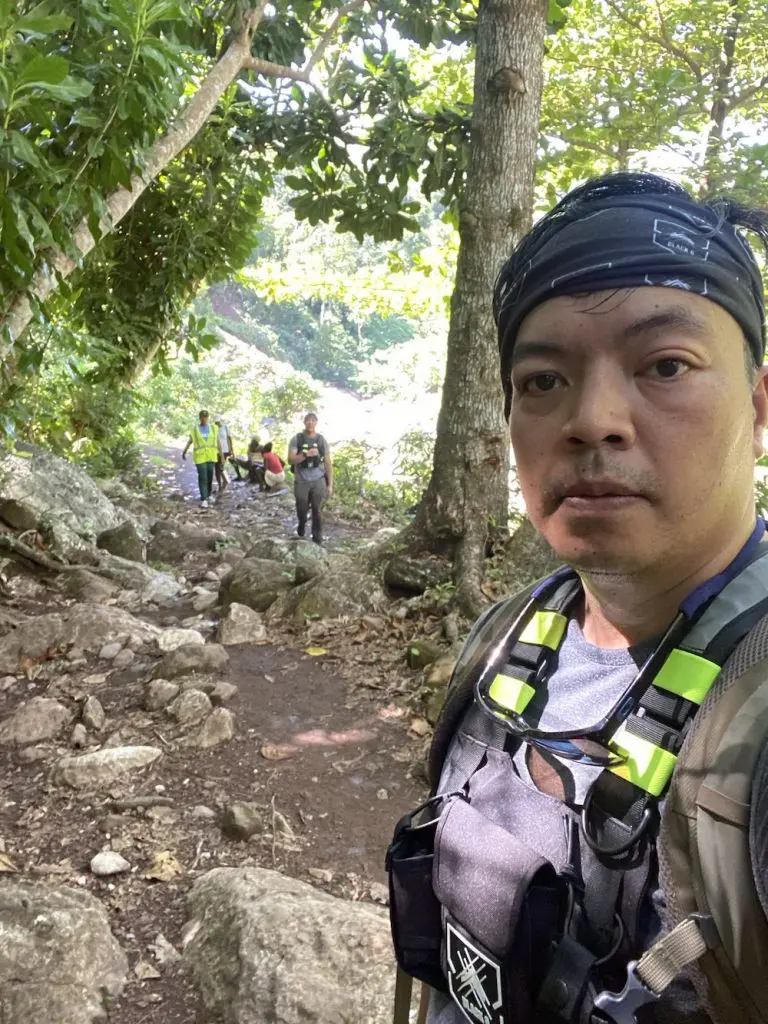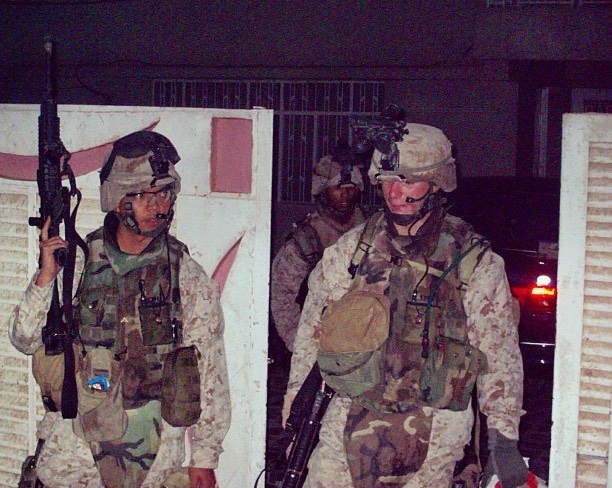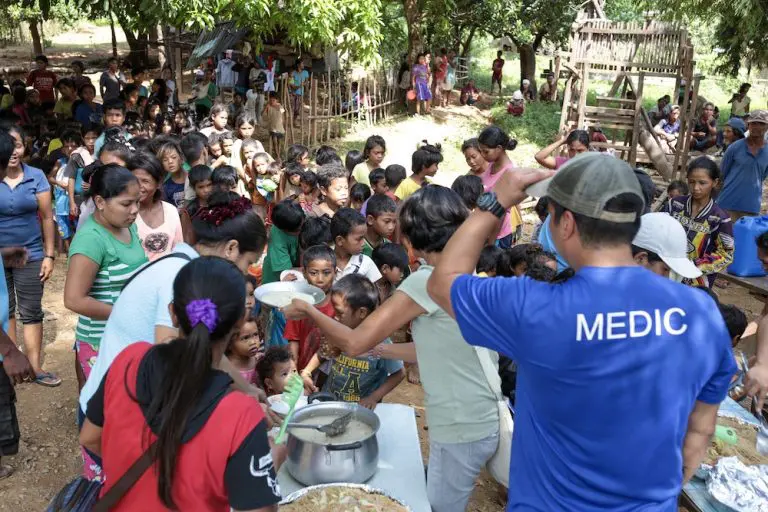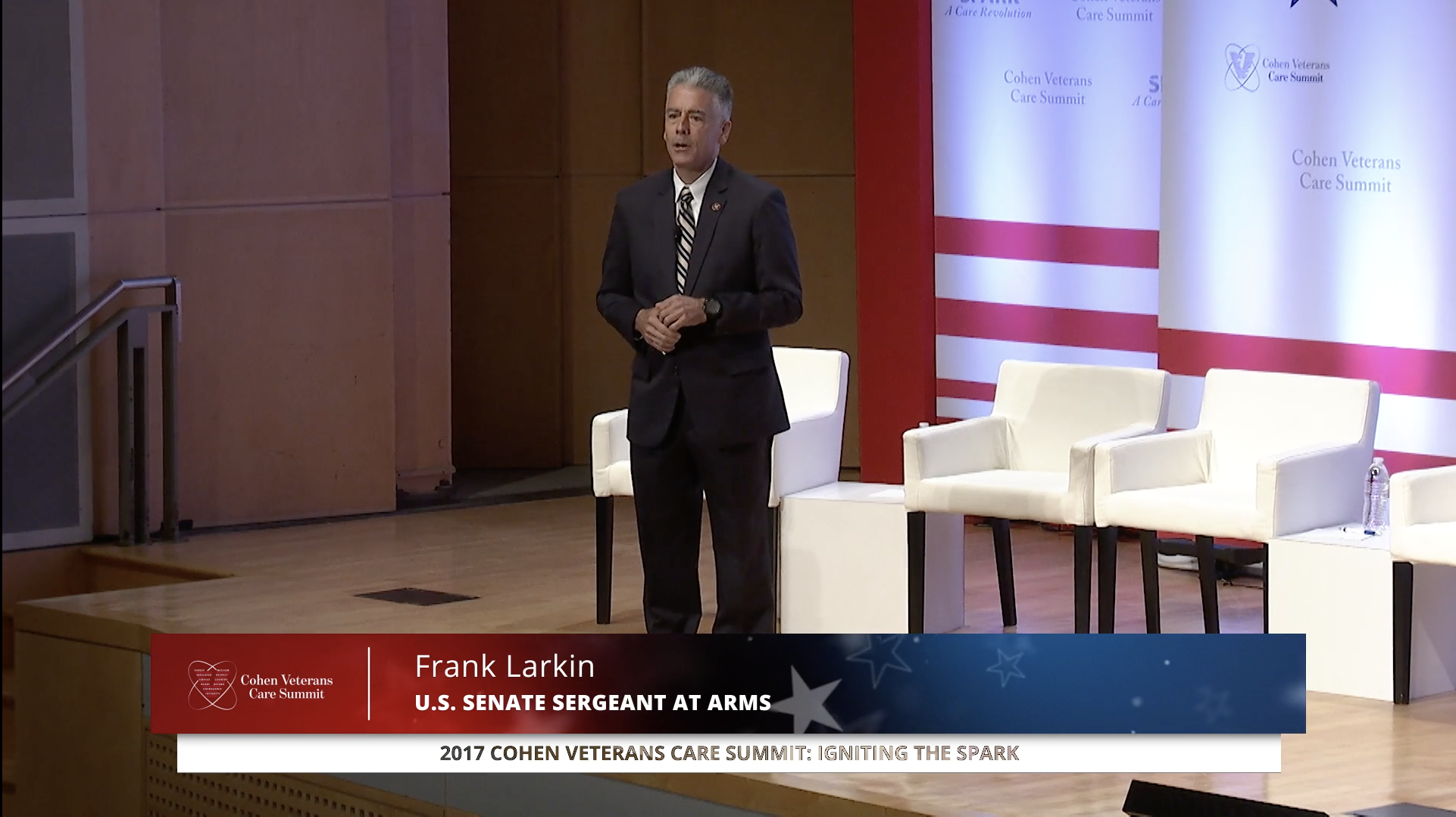In short and general terms I think the greatest challenge for Veterans is the difficulty, and sometimes stubborn refusal, to transition from one identity into the next phase of life. It’s uncomfortable and scary to deactivate the ‘warrior’ or ‘soldier’ mentality. But it’s necessary. Society’s responsibility in this is to take the Veteran out of the box and know that every Vet’s experience is different.
Many are thriving after smooth transitions; we just don’t hear about them. For the ones who are struggling, their difficulties can range from physical, mental or emotional to something far more practical and simple like setting up healthcare, starting a business or applying for a job.
We often use the term “re-integration” as if the Veteran is coming back to something they were a part of at one point. For many Veterans, their late teen and early adult years were shaped by the culture and structure of the military, including a decade and a half of war. Upon returning to a complex and often divided society, many are simply “integrating.”
I think identity is a big part of it; at least it was for me. At some point I had to start looking into the future and letting go of some of the past that was defining me. A time spent in the military can be whatever you want it to be no matter the experience. It can be what defines you forever, but it doesn’t have to be. Your best years are not behind you and if you live as if they are, you’re missing out on so much. Do you want to be the 40-year-old high school sports star wearing your letterman jacket still talking about knockin’ heads and throwing touchdowns, or do you want to move forward into the life that’s waiting for you?
